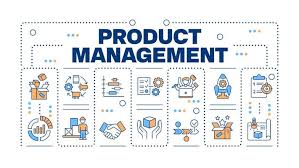The 4 Pillars of Product Due Diligence
Pillar 1: User Insights
- What to Review: Activation funnels, feature-usage heat maps, churn drivers.
- Why It Matters: Shows buyers which capabilities drive your business—and which are distractions.
- Best Practices:
- Segment by persona and ARR tier.
- Correlate usage spikes to revenue events (e.g., renewals).
Pillar 2: Feature Health
- What to Review: Code-backed telemetry on feature performance, error rates, and support tickets.
- Why It Matters: Demonstrates execution quality and post-close maintainability.
- Best Practices:
- Run synthetic tests on core workflows.
- Audit support logs for repeat issues.
Pillar 3: Roadmap Validation
- What to Review: Feasibility assessments, market-fit surveys, competitive landscape.
- Why It Matters: Aligns future promises with buyer expectations and resource realities.
- Best Practices:
- Conduct rapid stakeholder workshops.
- Use lightweight scoring (e.g., MoSCoW) to rank features.
Pillar 4: UX & Scalability
- What to Review: Usability audits, load-testing results, architectural constraints.
- Why It Matters: Buyers need confidence that your product scales and delights users.
- Best Practices:
- Run a 1-day UX sprint with real users.
- Simulate peak loads at 2× expected scale.
Putting It All Together
- Kickoff: Define scope by mapping pillars to buyer KPIs.
- Parallel Sprints: Run lightweight analytics, workshops, and tests simultaneously.
- Synthesis: Build a dossier with four sections—User Insights, Feature Health, Roadmap Viability, and UX Scalability.
A pillar-based framework turns Product DD from a sprawling audit into a crisp, buyer-grade review. Focus on User Insights, Feature Health, Roadmap, and UX/Scalability to deliver maximum impact in minimum time.



















